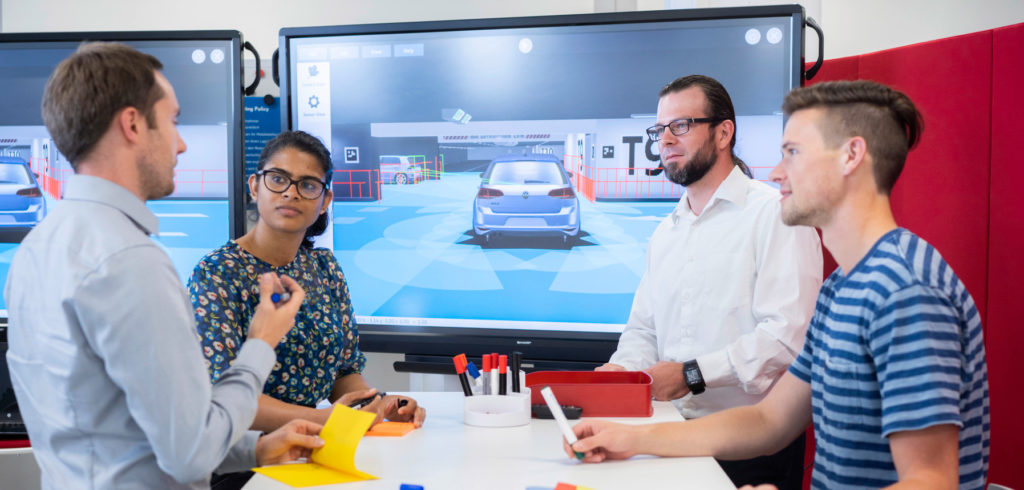Volkswagen is using virtual validation more extensively to test new driver assistance systems, making development processes even faster and more efficient.
The next generation technologies will learn from virtually generated driving and traffic situations. Experts from VW are already testing software developed in-house, badged SimFAS, to simulate such traffic situations. This software will be used for teaching driver assistance systems for the ID model family.
“We are continually developing Volkswagen vehicles and innovations into all segments,” said board member for development Dr Frank Welsch. “We are building on our strong global development team and grasping all the opportunities offered by digitization, including virtual validation.”
Volkswagen expects to see two main benefits with virtual validation. Firstly, assistance systems can be trained continuously over days and weeks in any scenario desired; this approach dramatically accelerates the learning speed of the systems concerned.
With virtual validation, Volkswagen also expects to be able to develop a growing number of systems and networked vehicle functions to production maturity. To date, assistance systems have been tested using a hardware-based approach by connecting components to test rigs via data interfaces.
As the number of networked functions grows, this means more and more hardware-based tests are necessary. Virtual validation will reduce the volume required, as physical test rigs will no longer be essential.
High-performance software is essential for the simulation of complex environments. The SimFAS package is being developed jointly by experts from VW Group IT and the technical development departments. In the long term, they want to be able to generate any conceivable virtual traffic and driving situation.
A new assistance system can then be tested in the scenarios. The system’s sensors will process the virtual ambient data as it would in the real world. The software will also visualize the virtual scenario via a 3D graphic environment, enabling engineers to observe the behavior of assistance systems and make changes where needed.
Engineers are also aiming to link this simulation platform to the group IT cloud in order to benefit from its enormous computing capacity. Hundreds of driving situations could then be learned by the same assistance system in parallel. In addition, they would be able to build up a virtual library of traffic situations which could be stored as successful learning examples and transferred directly to all new assistance systems.
Volkswagen is currently in the process of testing the software. The first application simulates thousands of individual car parks with freely definable parameters (architecture, lane guidance, traffic, etc.) and is being used for validating assistance systems designed for the ID model family.


